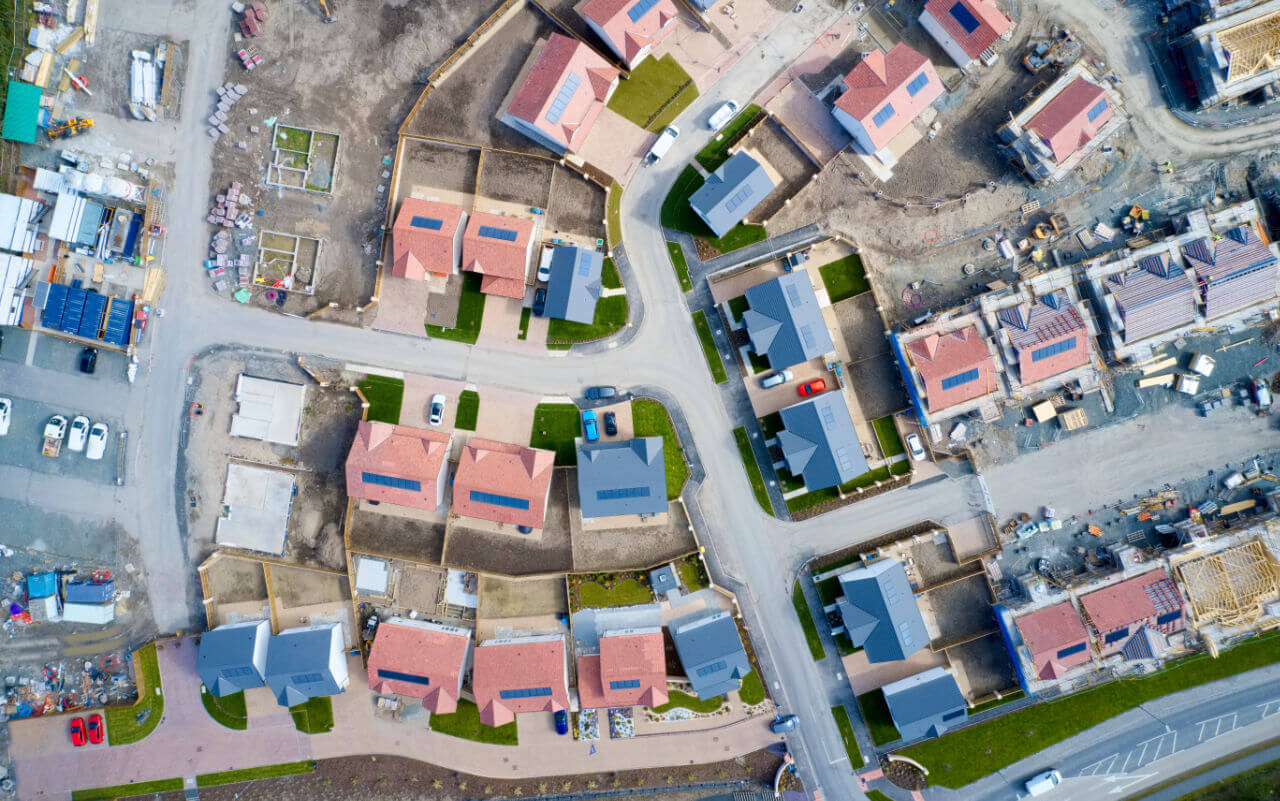As London continues to grapple with its housing crisis, the Greater London Authority (GLA) issued a new Practice Note, aimed at accelerating the delivery of affordable housing. The Practice Note introduces short-term modifications to existing policies (ahead of the next review of the London Plan), aligning with the revised National Planning Policy Framework (NPPF) and focusing on increasing the supply of social and intermediate rent housing.
The changes primarily revolve around adjustments to the London Plan’s affordable housing review mechanisms, particularly in Section 106 agreements, with the overarching goal of improving viability and flexibility for developers whilst also seeking to address temporary housing issues. The key proposals are as follows:
Promoting Social Rent
Schemes delivering less than the standard affordable housing threshold (35% on private land, 50% on public land) can now qualify for the Fast Track Route, avoiding late-stage viability reviews if:
- The affordable housing provision is predominantly social rent.
- The provision meets the ‘principle of equivalence’ (as detailed in the Practice Note).
Existing permissions may also be varied to utilise this Social Rent FTR with an associated S106 Deed of Variation. This may be an option where shared ownership units are challenging to dispose.
The GLA will apply the Social Rent FTR to estate regeneration projects. If the scheme delivers a net uplift of 50% affordable housing, then mid and late-stage reviews may be waived.
Supporting Intermediate Rent
The GLA is encouraging Discount Market Rent (DMR) as the preferred intermediate tenure, particularly at London Living Rent benchmark levels.
A separate consultation is underway regarding the introduction of Key Worker Living Rent Homes.
The maximum household income threshold for intermediate rent (currently £67,000) is under review and may increase in the London Plan Annual Monitoring Report 2025.
For homes exceeding London Living Rent benchmarks but remaining below the income threshold, rental costs can be indexed annually, provided they do not surpass 40% of a £67,000 annual income.
To further help with viability of DMR homes, if total housing costs (including rent and service charges) are set at new monthly benchmark levels set out in the Practice Note for 1, 2, 3 and 4-beds, then monthly costs can be indexed annually, based on the higher of the average annual change in CPI over the previous 12 months or 2%.
A cap will be applied to respond to periods of high inflation.
Addressing Homelessness and Supported Housing Needs
Developers may substitute shared ownership units with supported housing or accommodation for homeless households within affordable housing thresholds. These units must be secured via Section 106 agreements with nomination rights to local councils and should revert to social or intermediate rent if the intended use ceases.
Rents must not exceed the lower of Local Housing Allowance rates or 80% of market rent.
This can be used on both current and new planning applications. It can also replace the shared ownership component in consented schemes where it can be shown that there is limited demand for shared ownership tenure (a S106A variation will be required).
The GLA supports temporary modular housing for homeless households, allowing costs to be factored into Section 106 review mechanisms. Developments offering at least 10% temporary modular housing for five years may retain more surplus profit in late-stage reviews.
Incentivising Early Build-Out for Viability Tested Schemes
For schemes granted planning permission after 20 December 2024, developers can retain 70% of surplus profit (up from 40%) in late-stage reviews if:
- They deliver at least 25% affordable housing (for 35% threshold schemes) or 35% (for 50% threshold schemes).
- The tenure mix aligns with local policy.
- Practical completion is achieved by December 2027.
Theoretically, this proposal will encourage delivery of small and medium sites (undefined in the Practice Note). For large/phased VTR schemes (also undefined), the applicant can retain 70% surplus profit if at least 25% affordable housing is provided across the scheme and an initial phase with at least 100 units is completed by December 2027. This only applies to developments for which permission was granted after 20 December 2024.
The Practice Note also introduces a new measure to expand the scope of review mechanisms for large/phased VTR schemes. Developers of large phased or investment schemes can opt for a full viability review, considering total costs and gross development value (GDV), rather than the standard GLA formulas.
S106 Drafting
The GLA has not provided an updated section 106 template in the Practice Note to account for these changes, and it will be necessary to depart from the existing template draft to capture any of the measures set out above. This will inevitably result in variations in drafting from borough to borough and scheme to scheme. It will also require more detailed review of S106s for schemes permitted after December 2024 to identify the extent to which any of the above measures have been adopted.



